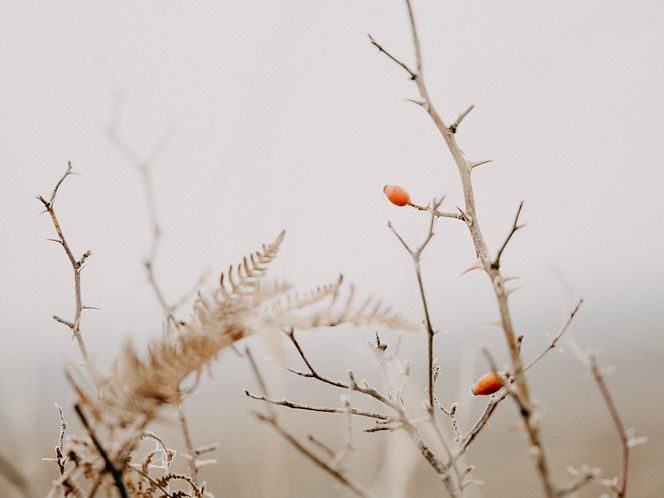If you've read any of the books on witchcraft, wicca, and other branches of neopaganism over the past decade, you're probably familiar with some common tools of the craft: the cauldron, the athame, the mortar and pestle, the chalice, etc. But if you're interested in herbal magic and green witchcraft, you might find yourself needing some additional tools that you won't find in most of the books.

Here are my top three unexpected tools for the greenwitch:

1. Field guides. You don't typically find these in the metaphysical section of the bookstore, but field guides are indispensable for witches who want to work with plant magic. There are thousands of field guides to choose from, but I recommend you at least find the following:
A region-specific guide to native and naturalized plants. I love Lone Pine field guides - they have good photos, are well organized, and include a LOT of species. (They make books on animals, too, so if you want to really immerse yourself in the wildlife of your region, they've got you covered.)
A book about weeds. Again, try to find one specific to your region. Since many native plant enthusiasts see weeds as unwelcome invaders, it's useful to have a separate book on these vigorous colonists. If you want to take your research further, look for books on the medicinal properties of weeds.
A book about local trees. Many of the trees mentioned in metaphysical texts are native to Great Britain, Europe, and Asia. If you live in the United States, some of those trees will be present in your area as introduced and ornamental species, but a great many trees native to the U.S. will be missing from your magical books. A good field guide can give you a lot of information on the trees that grow where you live.
For deeper research, ethnobotany texts are also wonderful, providing information on historical use of plants by the native population of a given region.

2. Garden Shears. I know the texts say to use a bolline or a crescent shaped knife to harvest your plants. And yes, knives look cool and witchy. But unless your knife is very sharp, and you know how to keep it that way, and unless you are comfortable using it, you run the risk of cutting yourself and/or shredding the stems of the plant you're trying to cut. And leaving jagged edges on a plant makes it more susceptible to diseases and pests.
So if you aren't skilled with a knife, buy a good pair of pruning shears (or more than one). You'll probably want to get a pair that's good for green stems, and one that's good for woody stems and small branches. And if you find yourself working with larger trees, consider investing in a heavy-duty set of loppers or a hand saw (and learn how to use it safely). Keep your shears clean, and replace or sharpen them when they get dull. If it makes you feel more witchy, you can anoint your shears with some kind of consecration oil and inscribe pentacles and crescent moons on them. Or carry them in a decorative sheath. But don't choose style over safety and effectiveness.
If you have your heart set on using a knife, practice using one on stems you've already cut from the plant until you are confident you can make clean cuts without hurting yourself or the plants. And in the meantime, stick with gardening shears.

3. Mason Jars. They might not look as witchy as decorative jars with corks, but they are inexpensive, durable, and the lids are easy to replace if they get lost or damaged. They come in a variety of sizes, shapes and colors, including some very pretty jelly jars. When you get to the point where you're growing your own herbs and/or wildcrafting frequently, you'll want to have a lot of reliable containers on hand. (Herbs shouldn't be stored in plastic long term due to the possibility of chemicals leaching into the plants over time.)
So what about you? What are your favorite unexpected witchy tools?

Comments